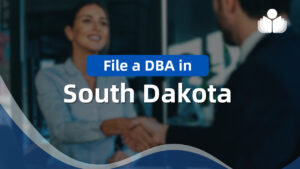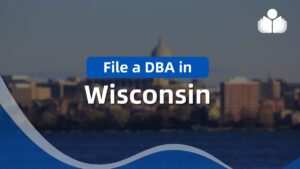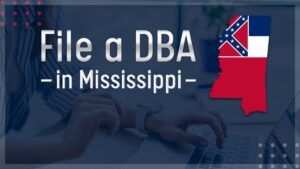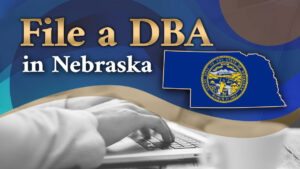As demands for Board effectiveness and accountability continue to grow, research and discussions about how Boards might operate differently, continue to grow, as well. There are a variety of new ideas for Board models.
Networked Governance
David Renz suggests that the effectiveness of governance could be enhanced when we realize that governance can include organizations and activities that go beyond the role of the Board in an organization. Nowadays, many nonprofit services to a community are often delivered across a network of organizations and, thus, the distributed governance of that network is a key point in the effectiveness of those services. Renz mentions the advantages of the perspective on networked governance and also mentions the difficult challenges inherent in that perspective, for example, how can individual nonprofits and Boards influence the overall network and how can we ensure that individual Boards are doing their fiduciary responsibilities. See Exploring the Puzzle of Board Design: What’s Your Type? by David Renz.
System-Wide Governance
Judy Freiwirth asserts that the traditional “top down,” “command and control” paradigm of Boards actually gets in the way of the nonprofit’s successfully working toward its mission. She suggests that the governance responsibility to be shared among constituents, including members, staff and Board. In System-Wide Governance, Board members are from the community and constituency. Although, governance is very democratic in nature, Board members do perform some legal and fiduciary responsibilities. She mentions the Whole Scale Change methodology as an example of how constituency-based planning and operations can be successful. See System-Wide Governance for Community Empowerment by Judy Freiwirth and Maria Elena Letona.
Community-Driven Governance: Governing for What Matters
Community-Driven Governance is a framework that defines a Board’s primary purpose as leadership towards making a significant, visionary difference in the community the organization serves. The Board’s work centers around an annual plan that aims first and foremost at the difference the organization will make in the community. The plan then addresses the organizational infrastructure needed to implement that plans. The approach is intended to be simple enough for any Board to put into practice, while comprehensively addressing first the ends, and then the means for which a Board will hold itself accountable. The approach also aims to avoid a typical problem in Boards when they attend primarily to internal operations, rather than truly representing the needs of stakeholders. See Governing for What Matters by Hildy Gottlieb .
Our next post will explain the Relationship Model, Nested Boards and the Policy Governance Model.
————————————————————————-
Carter McNamara, MBA, PhD – Authenticity Consulting, LLC – 800-971-2250
Read my weekly blogs: Boards, Consulting and OD, Nonprofits and Strategic Planning.
 Sections of this topic
Sections of this topic
















